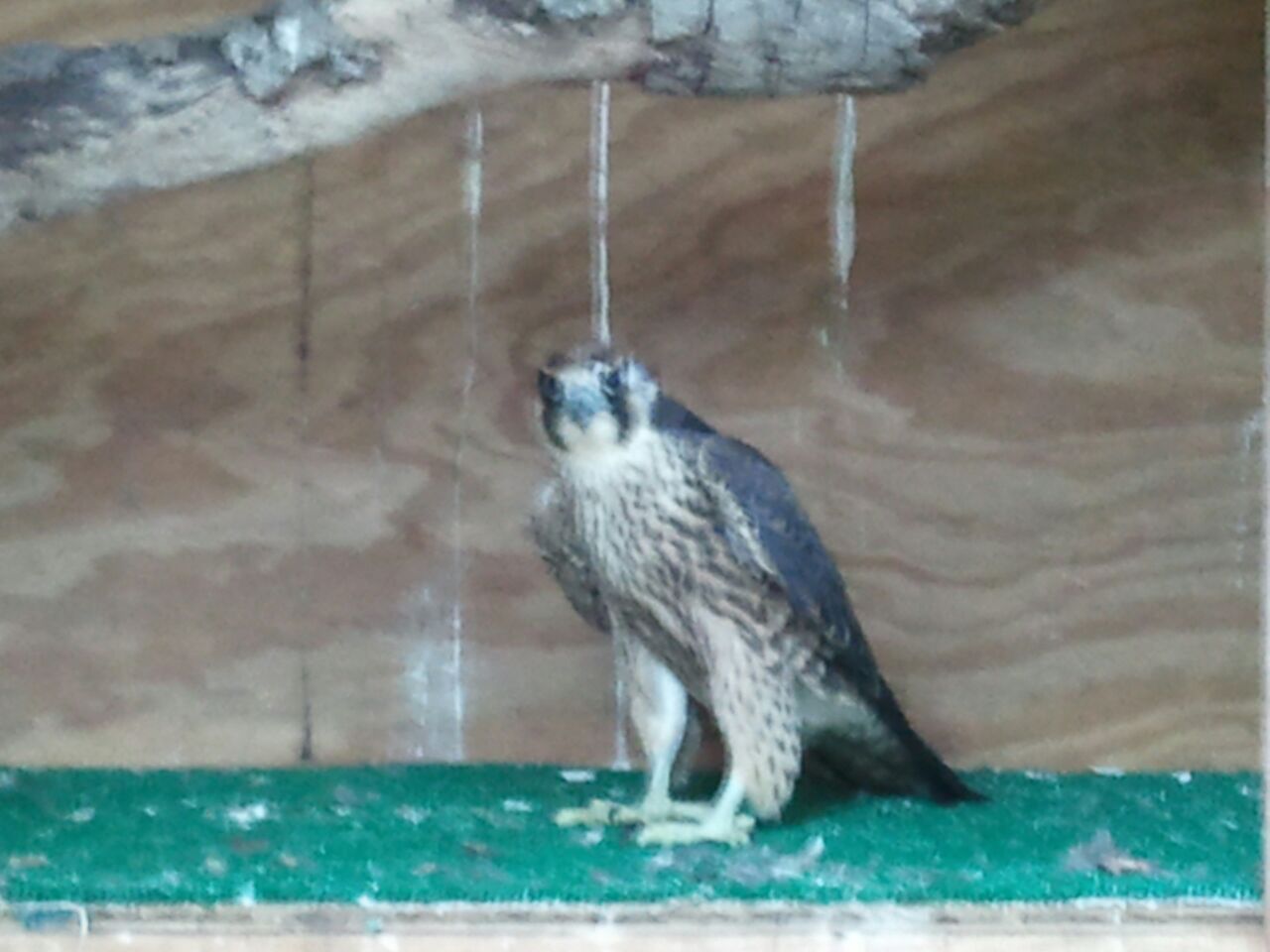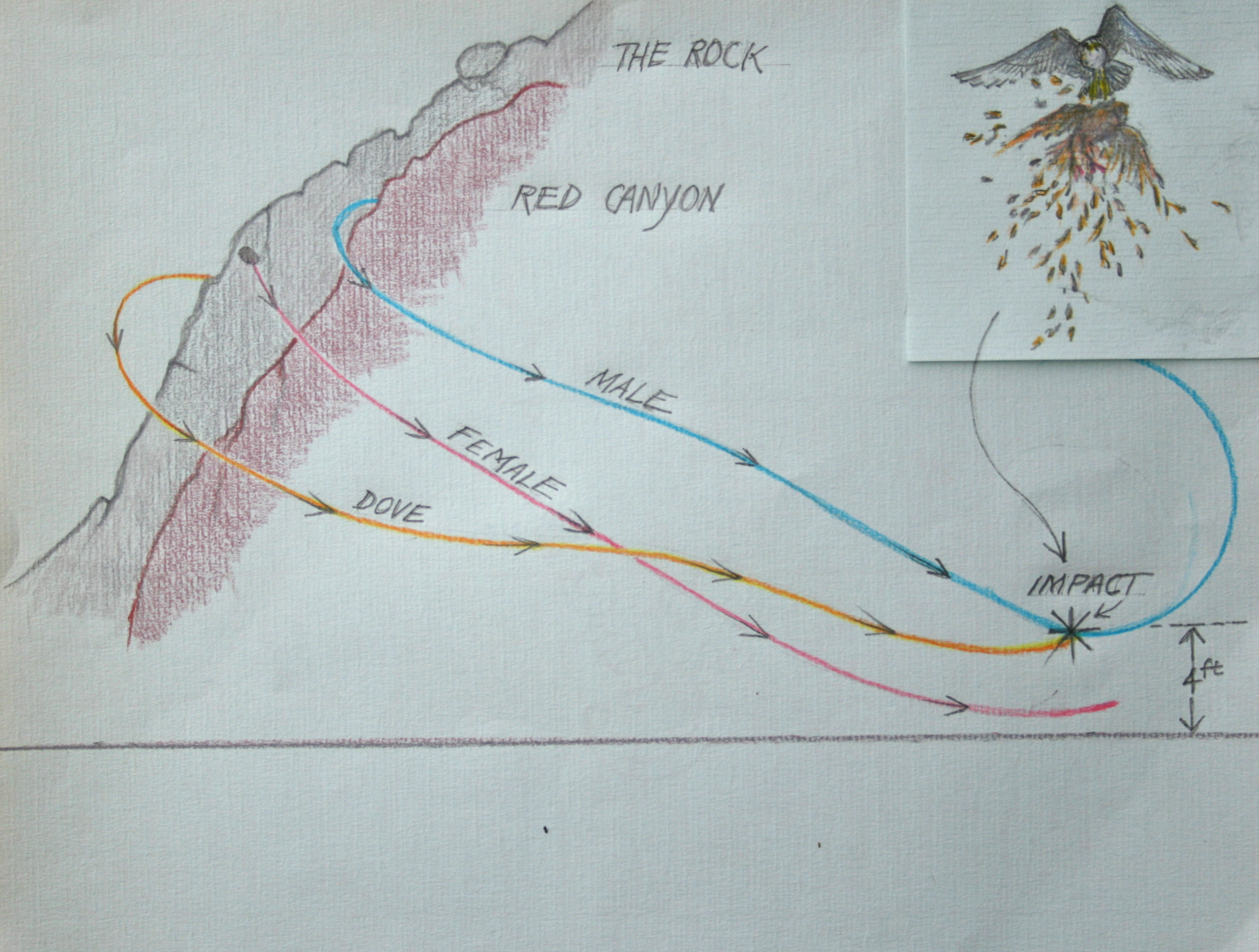Follow Blog via Email
Join 1,558 other subscribersSupport the Peregrine Watch
-
Recent Posts
- Incubation starts… March 23, 2024
- The eggs and I… March 22, 2024
- Scholarship student September 14, 2023
- Scholarship recipients… May 29, 2023
- First flight… May 22, 2023
Archives
Details
Tags
- accident or injury
- artwork
- Bob Isenberg
- breeding
- brooding
- California
- California Polytechnic State University
- chicks
- Cleve Nash
- courtship
- Doris
- eagles
- education
- eggs
- falcon
- feeding
- gulls
- Heather O'Connor
- hunting
- incubation
- invaders
- juvenile
- mammals
- migration
- Morro Bay
- Morro Bay Winter Bird Festival
- Morro Rock
- other birds
- owl
- peregrines
- photography
- Piedras Blancas Lighthouse
- prey
- scholarship
- Shell Beach
- shorebird
- solstice
- stoop
- summer
- survival
- visitor
- vultures
- weather
- whales
- winter
Join us on Facebook
Monthly Archives: July 2012
I just had to find out…

We are trying to keep you abreast of the peregrines activities at the rock, but it’s been rather quiet since the juveniles have fledged and flown over to the sand-spit to learn survival skills and hunt. In addition to the comings and goings of the magnificent and regal peregrines, the vultures have been coming in twice a day to visit the old nest site. No black downy chicks have shown up. It is just speculation that they might be there. Bob said they could hatch late in the season because there would be higher attrition rate among other young juvenile birds of all breeds. The vultures would be the clean up crew. We’ll keep watching.
Last Saturday I went up to work at the Coastal Discovery Fair for Friends of the Elephant Seals. At the fair, I met Marcelle who mentioned that a peregrine had been brought into Pacific Wildlife Care on June 26. It had been injured, so I just had to find out what the details were to pass them on to you. Bob mentioned that peregrines who have broken wings are usually from miscalculated kills, hunting accidents, jousting, sparring and collisions with power lines and guy wires.
A few days later after a long conversation with Jeri Roberts, I learned that it was a juvenile female falcon found by a boater on the bayside of the sand-spit. It may have been one of our four chicks from the south side of the rock not “Solo” from the north side, who Bob has seen frequently over the past few days. This injured bird had fallen into the water with a broken wing. More carefully examined, it had a left eye abrasion. Pacific Wildlife Care decided to splint the wing because it was the ulna that was broken and could be strapped to the larger bone, the radius. No pinning of the ulna was necessary. Bones in these young birds knit quickly. The peregrine was confined to a small carrier, something an extremely athletic bird doesn’t like at all, but it had to be done so the broken bone would knit. She had her vision limited with a falconer’s hood. So as soon as possible, she’ll be moved into a small flight cage. They then gradually move the bird up to a larger cage when they think it is safe to do so. It’s a delicate balancing act confining the peregrine to have the wing heal and keeping it from becoming depressed from lack of space. Consider an Olympic athlete having a broken bone and being restricted severely until it heals!
She weighed 930 grams on arrival and now weighs 1009 grams. We think she is doing quite well. Average weight for females: 825-1094grams and for males: 550-647grams
At the end of our conversation, I asked her if I would be able to take a photo. “No,” said she. Since this type bird is very territorial and easily upset, it wouldn’t be a good idea. Jeri said that she cautiously feeds this young female so as to not upset her, but she did take a cell phone photo very cautiously for you to see. Can’t see the wing wrap though. We’ll keep in touch, plan to see and photograph her when possible and, of course, see her released! ~Heather
Posted in falcon, juvenile
Tagged accident or injury, falcon, juvenile, peregrines, survival, vultures
Leave a comment
The progression of a high speed kill…

Many visitors to the rock and our website have asked me this question. Do you ever see them make a kill? Yes, many times!
Morro Rock is 576 feet above sea level; the perches of male and female are approximately 25 yards apart and 375 feet above the parking lot. The morning dove approached the rock from seaward, rounding the corner of the rock about 150 feet above the parking lot. The male spots it immediately and takes off at speed. Looks like a humming bird. The female closes in about half a second behind and approaching Mach 0.20.
The morning dove travels about 55 mph in level flight. ‘Rounding the rock from windward, he could have a 10-15 mph tailwind on any given day. The distance from where the dove would have been spotted to where it fell is approximately 300 yards. A morning dove at 60 mph will travel 88 feet per second. The disadvantage for the falcon is that he will probably lose one second just spotting the dove. Also, he is at a dead stop. His advantage is the altitude that he has over the dove, about 200 feet. The falcon must cover this distance in approximately nine seconds from a standstill position which he did.
He is much like a quarter horse or a sprinter, where she is like a thoroughbred. Once she gets the long legs going, look out. At impact with knuckled talons, he hits the dove in an upward swoop. With a burst of feathers, he continues into an inside loop to capture the prey, but the female at speed picked it off of the parking lot before the male could complete his loop.
It is very rare that this can be captured on film. It is seconds in time. Neither the operator nor the camera with auto focus are fast enough to capture this. You have to be there. One of our avid website watchers was witness to this kill and still talks about it today, a year later.
High altitude kills from 1000 feet or more with spectacular stoops normally happen over the estuary and sand-spit. There are dozens of ways they take prey. This scenario with the dove is only one. ~Bob
Things I haven’t seen…
http://youtu.be/rCRfcRYc5xI
Video by Bob Isenberg
Things that I haven’t seen. The young falcons for the last 5-6 weeks. I know they come back to the rock in the evening because I see were they have been roosting. It’s a set of five holes in a diagonal line lower on the face of the rock. Another thing is the adult falcons have not taken a young gull in six days, just small shorebirds. The young gulls are growing rapidly. Their larger size and weight could be a factor here. Also, no deliveries of prey to the sand-spit. One more thing, no young vulture chicks yet. Although I see one adult everyday fight its way through the screaming nesting gulls to get to the old nest site. With this much determination and taking the abuse, there has to be something up there I haven’t seen yet.
From observation, I have seen a significant size difference. They are getting big, almost equal to the size of the adult, losing their spots and their feathers are pushing out from the down and getting long.
~Bob
Humpback whales spouting in the distance…
http://www.youtube.com/watch?v=YuDn7jCr09I&feature=youtu.be
My trip out to see the whales was super, but I must practice my video technique on a moving boat on a windy day to do justice to the grace and beauty of these magnificent and graceful whales. Please see the posting below.
Tagged whales
Leave a comment
Terrific Tuesday… and tails
I found a diversion from our always intriguing and constant peregrine observations. I went out chasing whales on the boat Dos Osos with the SubSea Tours Captain. The visitors on this the trip from all over the USA joined in … Continue reading
Tagged harbor seal, sea lions, sea otter, whales
Leave a comment
Along the waterfront…
http://youtu.be/zK93dedHgDQ
Along the waterfront near the Coast Guard Station, there is a stand of trees that is filled with Black Crowned Night Herons and Snowy Egrets. On the ground below are their young, the ones that fell out of the nest and the ones that tried to fly and could not. They wander around picking up sticks, sparring with each other, beak dueling and sometimes go into the street! Ouch! Pacific Wildlife care has taken in a few of the weaker ones to rehabilitate and release later.
We have not forgotten about the peregrines. We are there every day watching them bring in prey for themselves and occasionally take one to the chicks on the sandspit. Without the young around, it can be dull, but we have little nuggets like these for you to keep you entertained.
~Bob Video by Bob Isenberg
Tagged other birds, peregrines
Leave a comment
Pure speculation…
I do a lot of observation sitting at the rock here in Morro Bay, mostly when falcons are not entertaining me. I move the spotting scope to young gulls and other birds just so I have something to show when … Continue reading
All was not lost…
4th of July 2012 Due to a barricade on the road out to the rock, we were not able to check on the peregrines. All was not lost though. This barrier gave me an opportunity to take a camera and … Continue reading
Tagged owl
Leave a comment
Watching Great Horned Owl young
http://youtu.be/jSnTgtaoc_o
A quiet sunny morning about mid 60°F. The amazing way the owl chicks blend into their environment.
Tagged owl
Leave a comment
Just a few nuggets…
Just a few nuggets from the rock today. The video we posted of “Rosie,” the Shell Beach falcon, did not capture the coloring because of lighting and location. Here is a still of her the same day by Cleve Nash. … Continue reading

